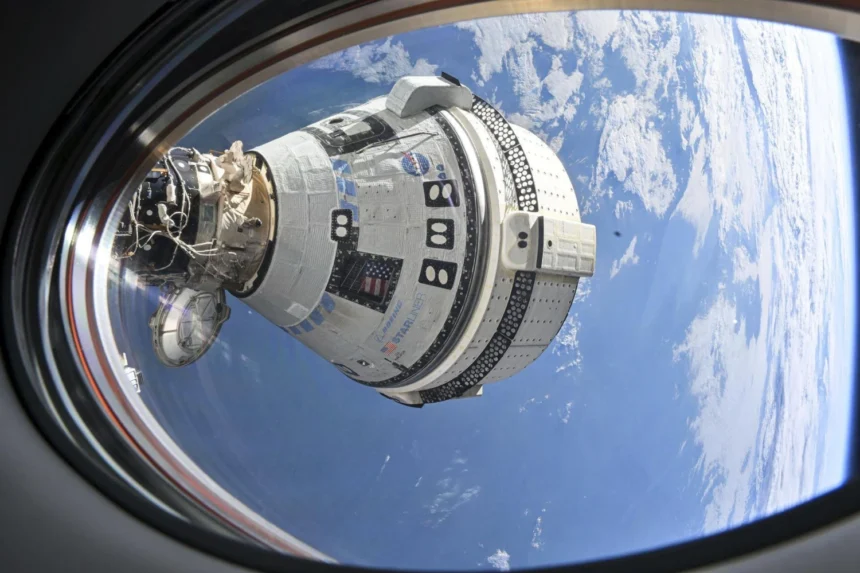NASA astronauts Butch Wilmore and Suni Williams, who were scheduled to return to Earth aboard Boeing’s CST-100 Starliner capsule, are now set to remain on the International Space Station (ISS) until 2025. This change comes after the Starliner encountered persistent thruster issues, leading NASA to decide on an unmanned return for the capsule. The astronauts will instead return on a SpaceX Crew Dragon flight.
What’s Happening & Why This Matters
The initial plan for Wilmore and Williams to return to Earth aboard the Starliner was disrupted by thruster problems that developed after its June 5 launch. Despite extensive testing and troubleshooting on the ground, NASA found too much uncertainty surrounding the thrusters’ reliability during critical phases like undocking and the deorbit burn. As a result, NASA has chosen to bring the Starliner back to Earth without a crew, prioritizing safety above all else.

NASA Administrator Bill Nelson emphasized the importance of safety in this decision, referencing past tragedies that occurred when safety concerns were not fully addressed. NASA and Boeing are now preparing the Starliner for its unmanned return, with the capsule set to land in White Sands, New Mexico, after being programmed to separate from the ISS at a faster rate than it would with astronauts on board. This decision also affects the upcoming SpaceX Crew-9 mission, which will launch from Cape Canaveral with only two astronauts instead of the usual four, making room for Wilmore and Williams’ return. This mission will be the first time Space Launch Complex-40 at Cape Canaveral hosts astronauts, a departure from the typical use of Launch Complex 39A at Kennedy Space Center.
While SpaceX continues to demonstrate reliability with its Crew Dragon fleet, Boeing faces ongoing challenges with the Starliner. The aerospace company has already incurred significant losses on its $4.2 billion fixed-price contract with NASA, and this latest setback adds to the difficulties. NASA, however, remains committed to bringing the Starliner into operational service, seeing it as essential for providing redundancy in crew transportation to the ISS.
TF Summary: What’s Next
NASA’s decision to return the Starliner unmanned recognizes the agency’s commitment to safety even as it introduces new complexities to the Crew Dragon’s mission schedule. Boeing, meanwhile, continues to work on resolving the issues plaguing the Starliner, with NASA expressing confidence that the capsule will eventually carry astronauts as planned. The implications for Boeing’s contract and the future of NASA’s commercial crew program remain to be seen, but the agency is not ruling out the possibility of exploring alternative crewed vehicles, such as Sierra Space’s Dream Chaser, in the future.
— Text-to-Speech (TTS) provided by gspeech


